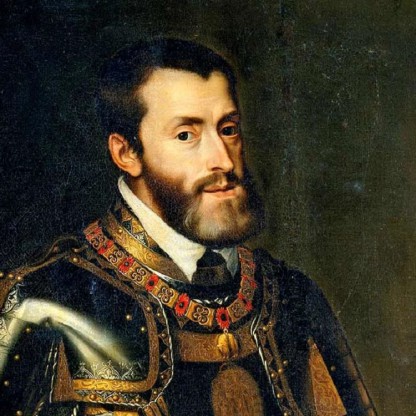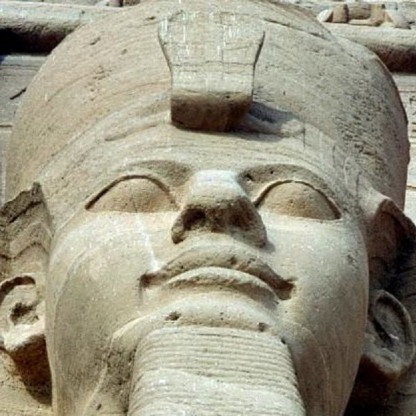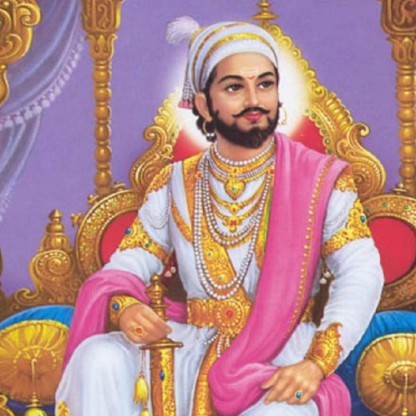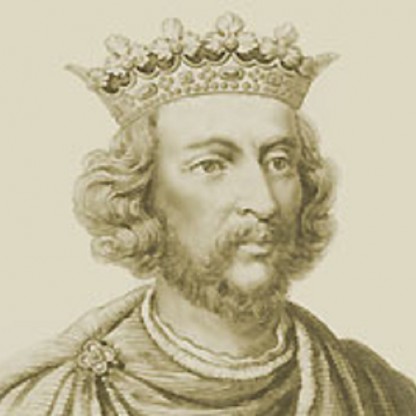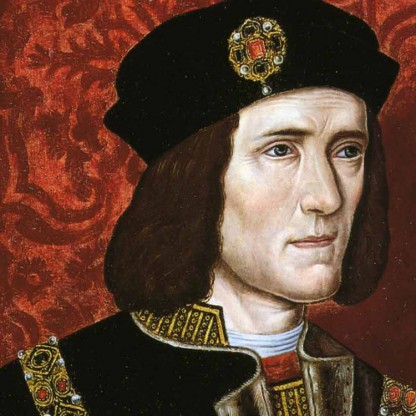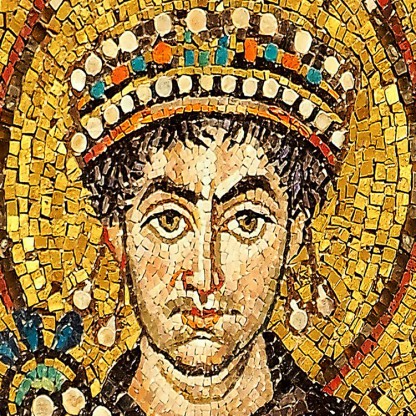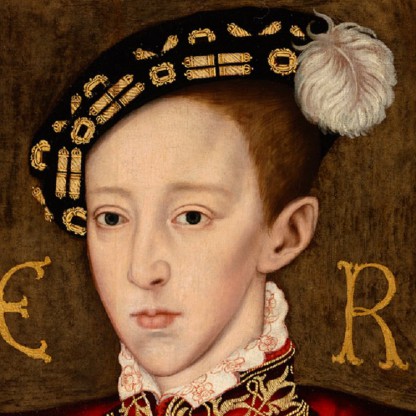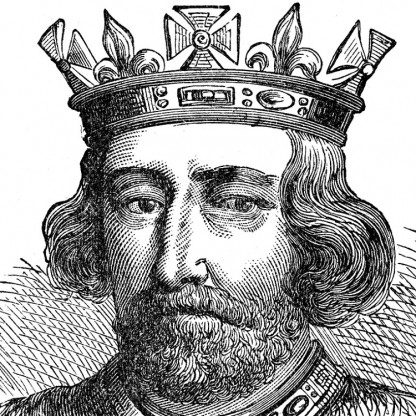King Ugyen Wangchuck had close relationship with many Buddhist spiritual masters such as Lama Serkong Dorji Chang (1856–1918), Tertön Zilnon Namkha Dorji, and the 15th Karmapa Khachyab Dorji (1871–1922). In 1894, aged 33, he undertook the construction of Kurjey temple, one of the landmarks of Vajrayana Buddhism in the world. The middle lhakhang in Kurjey, with its towering Guru statue, was built in 1894 by King Ugyen Wangchuck. His Majesty was a great benefactor to the dratshangs (monastic bodies) throughout the country. As part of his vision for scholarship and education of young Bhutanese, he sent two groups of Bhutanese to study up to geshey level in Tibet. Twice, in 1915 and 1917, he sent batches of young monks to Zhenphen Choki Nangwa (1871–1927) in Dokham. They later returned to Bhutan and became influential geshes (doctorate level) and lamas, serving as radiant sources of Buddhist teachings. One of the iconic pilgrimage centres of Buddhism is the Swayambhunath Temple in Kathmandu, a monastic enclave held by Bhutan. It was renovated mostly with King Ugyen Wangchuck’s personal funds. Kagyu Lama Togden Shacha Shri (1853–1919), with whom King Ugyen Wangchuck corresponded a great deal, supervised the renovation on behalf of King Ugyen Wangchuck.
